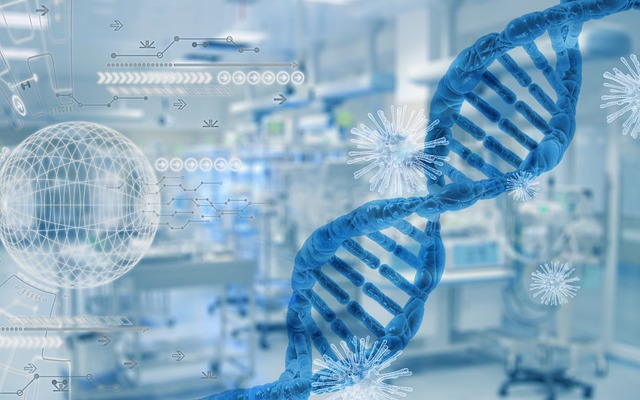CRISPR gene editing technology has achieved many successes over the last 10 years. Early results in clinical trials show that CRISPR has great promise for treating genetic diseases, including sickle cell anemia and rare eye and liver diseases. Future potential applications range from treatments for diabetes to genetically altering mosquitos to prevent the transmission of malaria.
There are some drawbacks, however, to CRISPR gene editing. The CRISPR system is not always as precise as we would like. Sometimes, the system targets the wrong sites on the genome, makes the wrong modifications, or rearranges the genome in unwanted ways.
Work is being done now to develop new CRISPR platforms that will improve the precision of CRISPR gene editing. Meanwhile, there are alternative platforms available for gene editing. Some have been around longer than CRISPR, but they too have been improving. Other gene editing systems are newer and have been building on CRISPR’s success.
They include:
Transcription Activator-Like Effector Nucleases (TALENs)
The TALENs system is able to recognize long sequences of DNA and make precise modifications to genes. It is being used to develop treatments for blood and bone marrow cancers.
Adenosine Deaminase Acting on RNA (ADAR)
The ADAR enzyme, which occurs naturally in mollusks, makes A-to-G base edits in RNA. In humans, A-to-G changes cause 30% of genetic diseases.
Platform developers used ADAR to create a platform called Oligonucleotide Promoted Editing of RNA (OPERA). The developers believe that applications of the platform will go beyond treating rare diseases and that the platform will create RNA-editing medications that patients can take for the rest of their lives to treat chronic diseases.
Research using the platform is currently targeting diseases of the liver and central nervous system.
Mobile Genetic Elements (MGEs)
Gene editing systems, like CRISPR, that rely on nucleases and the cell’s own DNA repair mechanisms are vulnerable to errors, such as introducing unintended new mutations. Researchers are working with mobile genetic elements to see if they can be used in gene editing to bypass the DNA repair pathways and provide more accurate results.
Mobile genetic elements make up as much as half of the DNA in the human genome. Scientists are using machine learning and other advanced techniques to select, engineer, and enhance elements to use in gene-writing platforms.
ARCUS
The ARCUS (Latin for “bow”) platform is based on an enzyme called I-CreI that occurs naturally in algae. The enzyme is able to edit DNA in specific sites on the genome. Platform developers engineered I-CreI to send it to new genome sites.
The system recognizes long DNA sequences, and its targeting is highly specific. Its small size makes it easy to deliver to cells.
Zinc Finger Molecules (ZFM)
The ZFM platform is very flexible and has been compared to a Swiss army knife. It works with a variety of delivery methods and is currently being used to develop genetically engineered T cells to treat autoimmune diseases, such as multiple sclerosis, and to prevent transplant rejection.
All of these platforms, including the CRISPR gene editing system, are continually being improved to become more precise, accurate, and efficient. The applications of gene editing, whether via CRISPR or another platform, are likely to take off in the near future and fundamentally change the way we treat and prevent disease, along with having significant effects on agriculture and fuel development.

